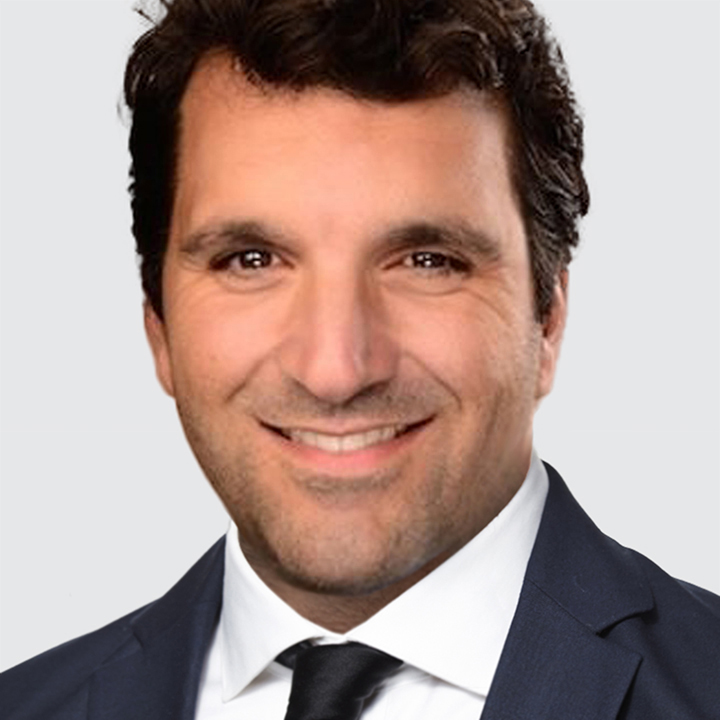Fed Sparks Dollar Surge, Treasury Slide, and Stock Retreat
- The Fed delivered a hawkish rate cut.
- Bank of Japan delivered a dovish hold. Ueda suggests the BOJ could wait until March or April to raise rates again. JPY underperforms across the board.
- Bank of England and Norges Bank to stand pat. Riksbank expected to cut but it’s a close call.
USD is holding on to most of its post Fed meeting gains. 10-year Treasury yields surged to near a seven-month high at 4.52% as US interest rate expectations adjusted higher. Fed funds futures shifted from pricing-in 50bps of cuts in 2025 to roughly 35bps following the Fed meeting.
The Fed delivered a hawkish rate cut. The Fed reduced the funds rate 25bps to 4.25%-4.50% (widely expected) but signaled a slower pace of easing:
First, the FOMC raised the projected policy path more than anticipated:
2025 median Dots increased to 3.875% (consensus: 3.625%) vs. 3.375% in September, implying 50bps of cuts next year.
2026 median Dots increased to 3.375% (consensus: 3.125%) vs. 2.875% in September.
2027 median Dots increased to 3.125% vs. 2.875% in September, matching consensus.
Longer run median Dots increased to 3.00% vs. 2.875% in September, matching consensus.
Second, the decision to cut rates was not unanimous. Cleveland Fed president Beth Hammack dissented in favor of keeping rates on hold. Moreover, the Dot plot showed three other Fed policymakers preferred to maintain the target range for the federal funds rate at 4.50% to 4.75%. In fact, Fed Chair Jay Powell confirmed during the press conference that the decision to cut rates “was a closer call.”
Third, Fed Chair Jay Powell leaned against an aggressive easing cycle. Powell emphasized the FOMC can be “more cautious as we consider further adjustments to our policy rate.” Indeed, the FOMC raised 2025 PCE inflation forecast 0.4pts to 2.5% and pushed-out the timing of when PCE inflation hits 2% from 2026 to 2027. The FOMC also lowered 2025 unemployment projection 0.1pts to 4.3% and raised 2025 real GDP growth forecasts 0.1pts to 2.1%
Bottom line: the relative monetary policy dynamic between the Fed and other major central banks continue to support the USD uptrend.
The final US Q3 GDP print is due today and is expected at 2.8% SAAR (1:30pm London). Overall, the US economy is still tracking well above long-run annual trend growth of 1.8%. The Atlanta Fed GDPNow model estimates Q4 growth at 3.2% SAAR up from 3.1% on December 17. The next GDPNow update is published tomorrow.
USD/JPY surged above 156.00 after the Bank of Japan (BOJ) delivered a dovish hold. The BOJ left the policy rate unchanged at 0.25% in an 8-1 majority vote. TAMURA Naoki preferred to raise rates 25bps to 0.50%.
BOJ Governor Ueda reiterated the bank will continue to raise rates if the outlook for economic activity and prices will be realized. However, Ueda cautioned that the BOJ is in no rush to resume normalizing rates singling-out high US policy uncertainties and the lack of wage information in Japan. Ueda added the big picture of wage trend will be clear in March or April, suggesting the BOJ could wait until then to raise rates again.
Japanese officials will likely ramp-up currency jawboning as we approach intervention zone around 160.00. Regardless, USD/JPY uptrend is intact supported by widening US-Japan 10-year bond yields spreads.
SEK can come under renewed downside pressure. The Riksbank is expected to reduce the policy rate 25bps to 2.50% but interest rate futures price-in just 42% odds of a cut (8:30am London). At its last meeting in November, the Riksbank indicated that “the policy rate may be cut again at the next monetary policy meeting in December and during the first half of 2025.” The Riksbank will publish new sets of macroeconomic forecasts which will offer fresh policy guidance.
NOK will be guided by the Norges Bank policy rate decision and Monetary Policy Report (9:00am London). The Norges Bank is widely expected to leave the policy rate steady at 4.50%. At its last meeting in November, the bank emphasized that “the policy rate would most likely be kept at 4.5 percent to the end of 2024.” A first full 25bps rate cut is priced-in for March which is in line with the Norges Bank’s policy guidance. The Norges Bank will publish new sets of macroeconomic forecasts which will offer fresh policy guidance.
GBP will take its cue from the Bank of England (BOE) policy rate decision (12:00pm London). The BOE is widely expected to keep the policy rate unchanged at 4.75%. The MPC will likely vote by a majority of 8–1 to stand pat with one member (Swati Dhingra) in favor of cut. We also expect the BOE to reiterate that “monetary policy will need to continue to remain restrictive for sufficiently long.” Stubbornly high UK services price inflation is a key factor behind the BOE’s cautious easing guidance. Bottom line: monetary policy trend between the ECB and BOE still favors a lower EUR/GBP.

